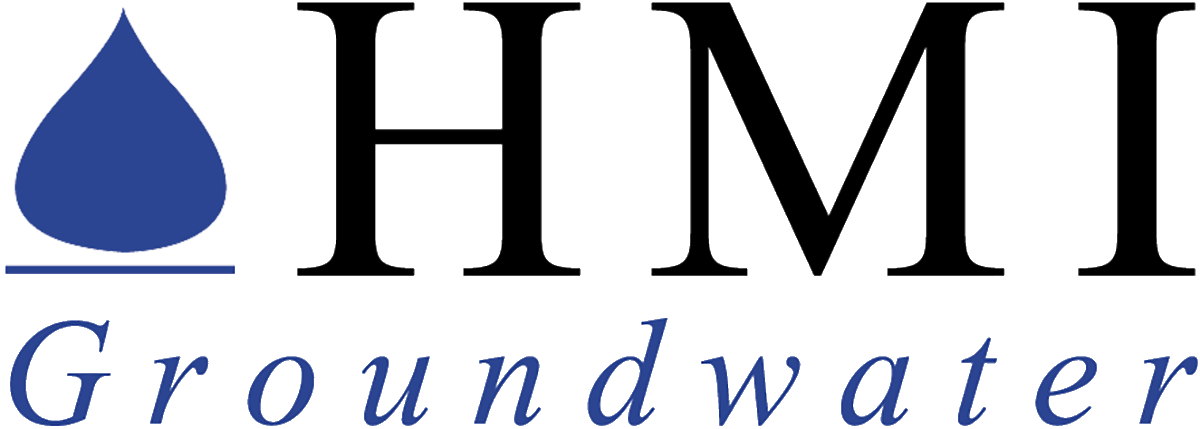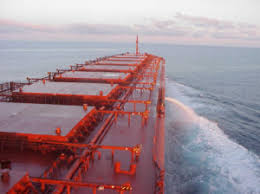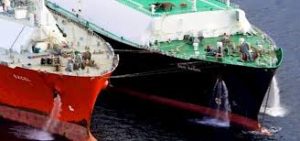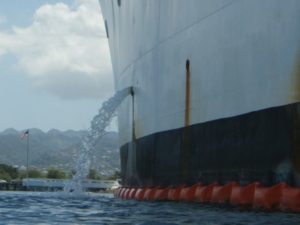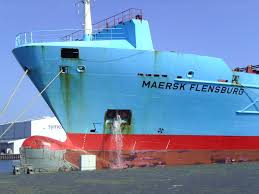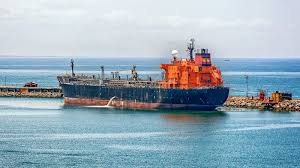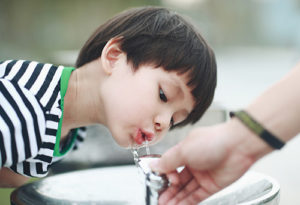Ballast water is water taken on board by vessels to maintain stability and trim. Ballast water can contain thousands of aquatic microbes, plants and animals, which can be spread across the globe as the vessel releases ballast water. Unmanaged ballast water released in foreign ports could potentially introduce a range of invasive marine species. Invasions have already taken place around the world, in some instances with significant consequences for the local ecosystem.
The Biosecurity Act 2015 and some other related delegated legislation, collectively prescribe how ballast water should be managed within Australian seas.
The Australian Ballast Water Management Requirements explain how to comply with the legislation while operating a vessel in Australian waters. In general, vessels have the following obligations:
- manage ballast water prior to arrival in Australian seas, and between Australian ports
- carry a ballast water management plan, ballast water management certificate, and maintain ballast water records
From 8 September 2019, all vessels that use ballast water are required to meet the regulation D-2 discharge standard of the International Convention for the Control and Management of Ships’ Ballast Water and Sediments at their next renewal survey. Some vessels may be required to install an International Maritime Organisation (IMO) approved ballast water management system to meet new ballast water discharge standards. For more information on when a vessel will need to meet the discharge standard, please refer to the Australian Ballast Water Management fact sheets.
